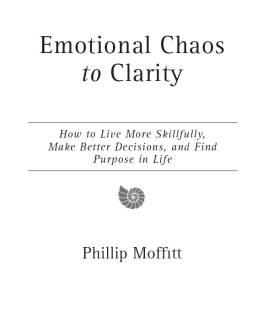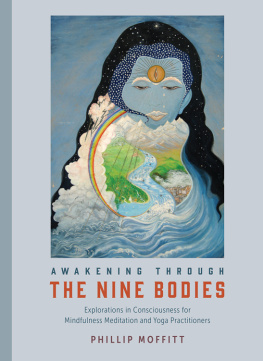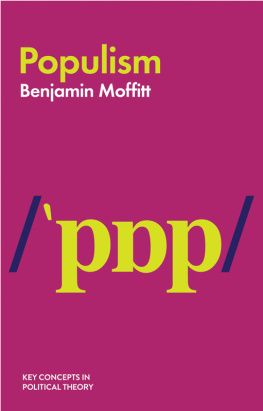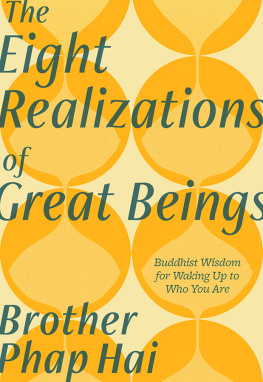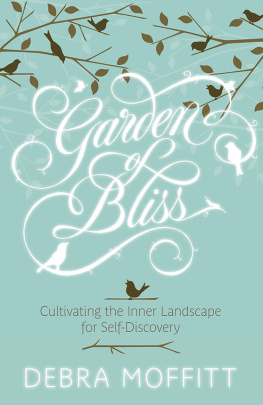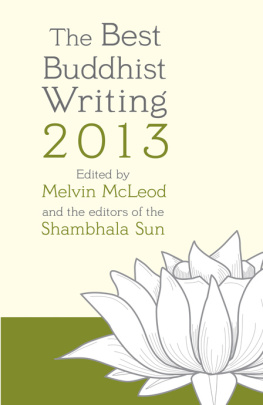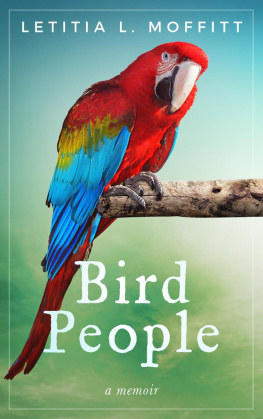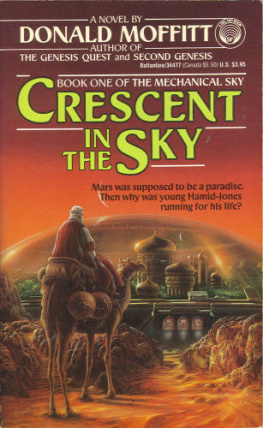
Praise for Dancing with Life
For each of the Four Noble Truths there are three aspects, which form a paradigm of reflection, investigation, and insight. Thus, there are Twelve Insights contained within the Four Noble Truths, which free one from suffering. This investigation Phillip calls dancing with life. As he reveals, in order to dance with life, you need to give yourself completely to the dance, and the way to do this is through the development of mindfulness. I welcome Phillips excellent book.
Ajahn Sumedho, founding abbot, Amaravati Buddhist Monastery
The ancient practice of mindfulness is increasingly being shown in scientific studies to have remarkable consequences for healing and well-being across the life span. Dancing with Life systematically maps out a rigorous and profoundly loving choreography for cultivating mindfulness in the service of embodying our full potentiality as human beings, utilizing whatever circumstances we happen to find ourselves in. It is a practical and reassuring dharma guide for a great many people in the ongoing development of their practice and lives. It is very different from most dharma books in that it has such an elaborate and friendly structure to it, nested within and around the Four Noble Truths and Ajahn Sumedhos lovely voicing of dharma. I love the precision of Phillips teaching of the embodiment of each insight; the stories about his students and their challenges; and also, his willingness to share his own trials, travails, and openings along the path.
Jon Kabat-Zinn, author of Full Catastrophe Living and Arriving at Your Own Door
I just want to say how much we have appreciated your book on the Four Noble Truths. It is a wonderful commentary and explication of Ajahn Sumedhos teaching and for several weeks we had our teatime readings from it. Great job! I hope it is found to be useful to many people and that it receives the plaudits it deserves.
Ajahn Amaro, abbot, Amaravati Buddhist Monastery
Phillip Moffitt has given us a clear and practical guide to dealing with the unhappiness and frustration that come our way in life. He leads us on a path of connection rather than isolation, and compassion rather than fruitless anger and self-judgment. Everyone could benefit from reading this book.
Sharon Salzberg, author of Lovingkindness: The Revolutionary Art of Happiness
Dharma for Phillip Moffitt is alive and practical, not theoretical or abstract, and he anchors the teachings in everyday life examples. Dancing with Life: Buddhist Insights for Finding Meaning and Joy in the Face of Suffering is Moffitts gift to us, a handbook for those of us who wish to lessen our suffering. The book has grown out of Moffitts life experience both as a student of the dharma and as a teacher. It is replete with concrete examples, ones the reader can relate with and apply to his or her individual situation.
Rick Hanson, PhD, neuropsychologist and author of Buddhas Brain

Dedicated to the monastics,
who have kept the tradition of vipassana alive
for more than 2,500 years.
T HERE ARE TWO KINDS OF SUFFERING: THE SUFFERING THAT LEADS TO MORE SUFFERING AND THE SUFFERING THAT LEADS TO THE END OF SUFFERING. I F YOU ARE NOT WILLING TO FACE THE SECOND KIND OF SUFFERING, YOU WILL SURELY CONTINUE TO EXPERIENCE THE FIRST.
A JAHN C HAH, A S TILL F OREST P OOL
CONTENTS
PREFACE
by Ajahn Sumedho
P hillip Moffitts Dancing with Life is a clear and well-written explanation of how to apply the Four Noble Truths to daily life based on his own experience and insights and the insights of his students. For each of the Four Noble Truths there are three aspects, which form a paradigm of reflection, investigation, and then insight (a profound recognition). In the Pali language this paradigm is described as pariyatti (theory or statement), patipatti (actual practice), and pativedha (the result of the practice). Thus, there are twelve insights contained within the Four Noble Truths, which free one from delusion and suffering. This investigation Phillip calls dancing with life. As he reveals, in order to dance with life, you need to be able to move and flow and give yourself completely to the dance, and the way to do this is through the development of mindfulness. Mindfulness is the path to the deathlessthe underlying joy and love that is consciousness without delusion. It is through the surrender of the illusory self that enlightenment is realized.
When I first became interested in Theravada Buddhism while living in Malaysia more than four decades ago, there was a dearth of available literature on the subject in English. So I would send for tracts and books from the Buddhist Publication Society in Kandy, Sri Lanka. One of the books I received was Venerable Nyanatilokas Word of the Buddha, which was a succinct synopsis of the Four Noble Truths. The quotations were all taken from the Pali scripture and organized under the appropriate headings of each of the Four Noble Truths.
This small booklet was the only teaching material I took with me when I began a yearlong retreat at a monastery in Thailand after becoming a samanera (novice monk). None of the monks spoke English and I had no grasp of the Thai language, so I could not understand the dharma talks or engage in discussions with other monks. All I had for inspiration and instruction was that synopsis of the Four Noble Truths. I spent the year in a little hut reading and rereading the booklet and putting the teachings into practice.
That year, 1966, that I spent reflecting on and practicing the Four Noble Truths was the most significant and powerful year of my life. Living alone with nothing to do, no one to talk with, only one small book to read, and only a beginners experience of meditation, I could easily relate to the First Noble Truththe Noble Truth of Suffering. My daily life without its usual distractions presented me with a lifetime supply of suppressed anger and fear. For the first three months, I had to endure an almost continuous flood of hatred, rage, anger, and fear. This deluge of negativity was not at all what I was expecting. I had been looking forward to a life of tranquility.
It became apparent after several weeks of fumbling resistance to this turmoil that the only way that I could survive was to endure these emotional storms by watching them. This insight arose after contemplating the First Noble Truththere is suffering. It was clear that the suffering was not due to any external circumstances because all the conditions affecting me were kind and benevolent. This suffering was created through my mental habits.
Reflecting on the Second Insight of the First Noble Truth that suffering should be understood, I found that the only way that I could understand my hatred and anger was to stand under itin other words, to observe the feeling, the mood, and the emotional atmosphere with patient endurance. Through practicing nonresistance and paying noncritical attention to the quality of my emotional conditions, I experienced the Third Insight of the First Noble Truth that suffering has been understood.
After about three months of practicing standing under my suffering, I awoke one morning to an experience of total bliss. At that moment I did not sense any trace of negativity. Everything was touched by luminous beauty. This state lasted for five days, and I thought I was enlightened.
Next page

